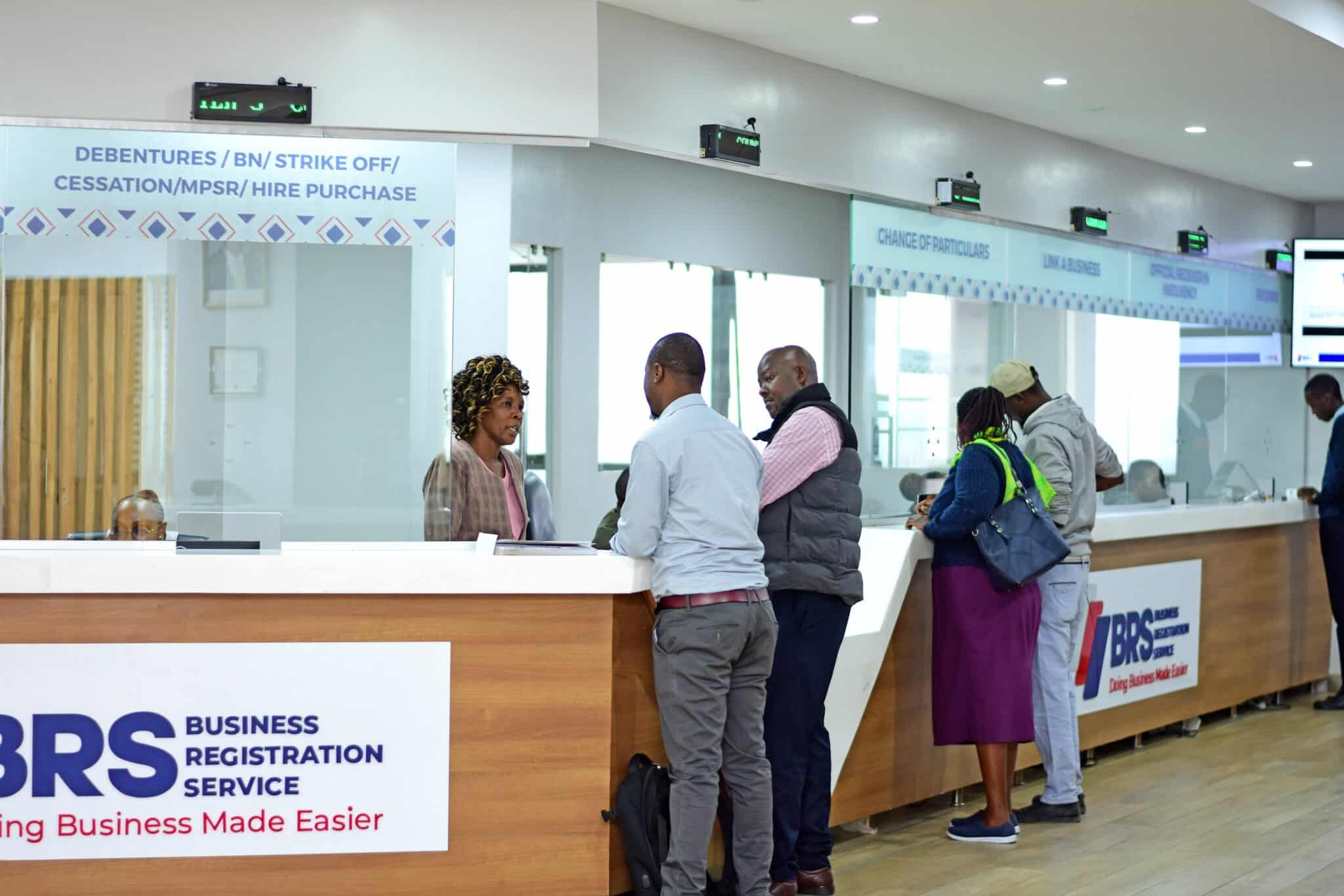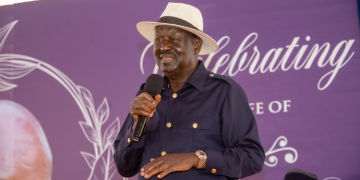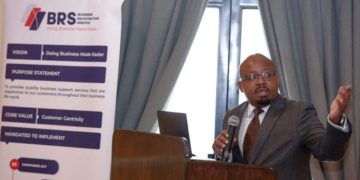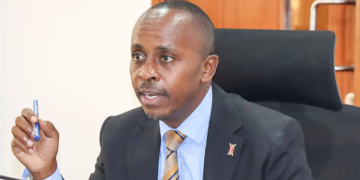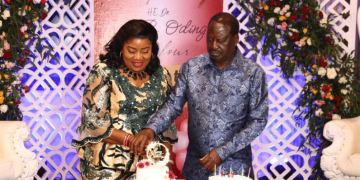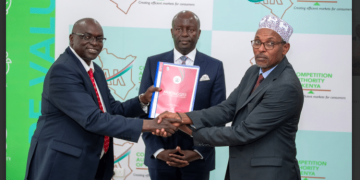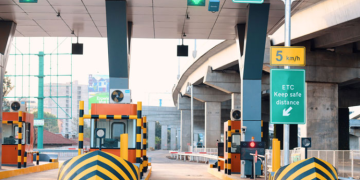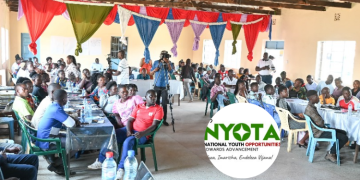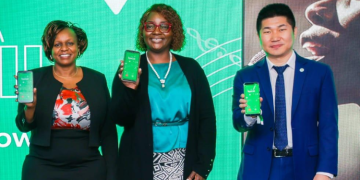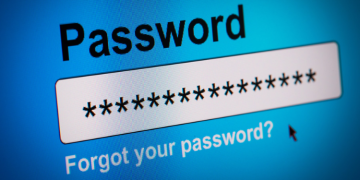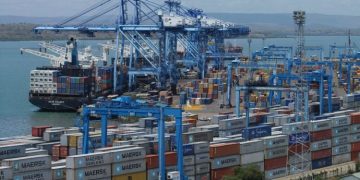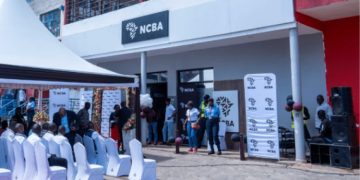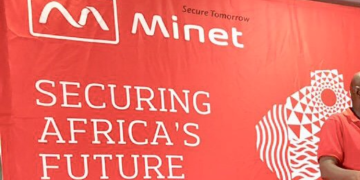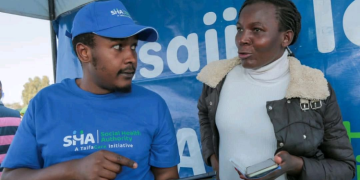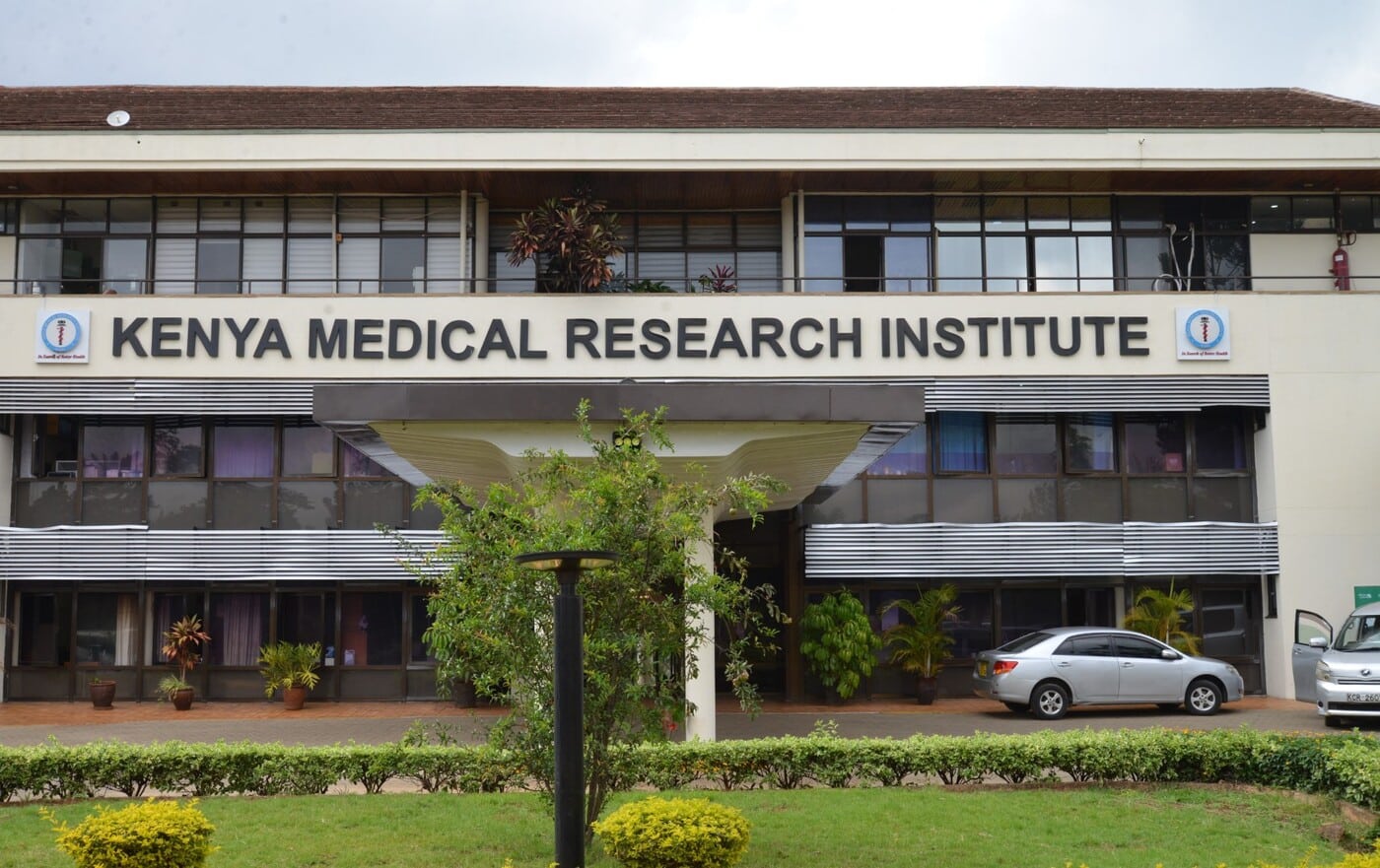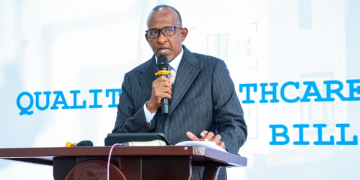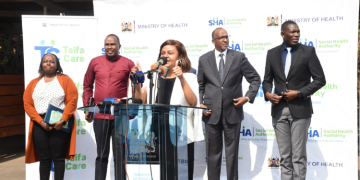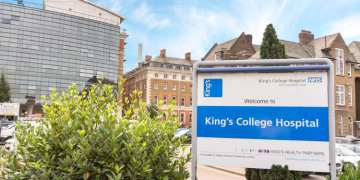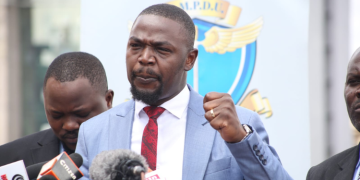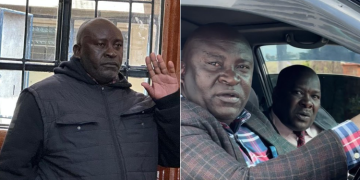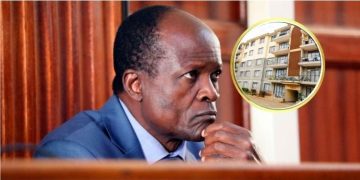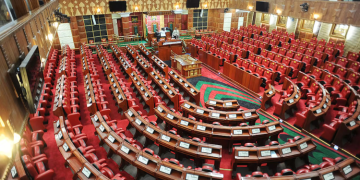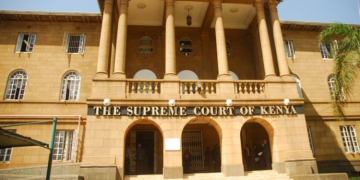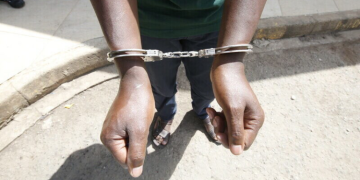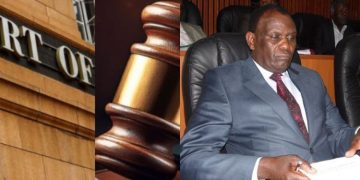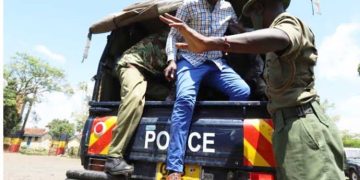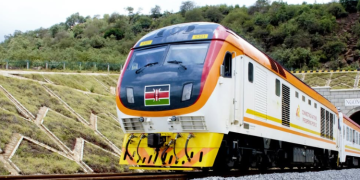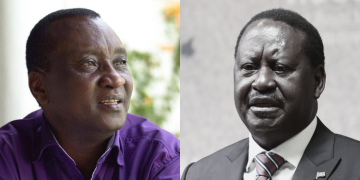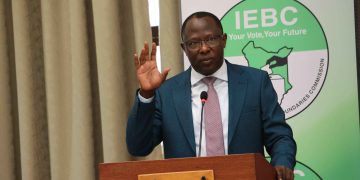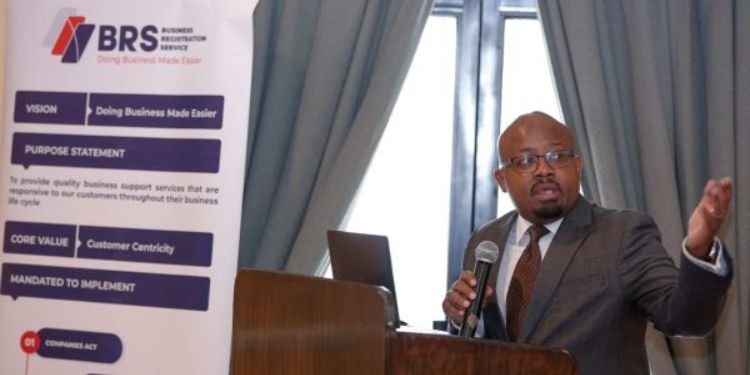Bankruptcy protection under the Business Registration Service (BRS) provides a structured legal process for individuals unable to settle their debts.
It aims to protect both the debtor and creditors through a transparent and regulated procedure overseen by the Office of the Official Receiver in Insolvency.
Once a person is declared bankrupt, their ability to manage assets is restricted, and a trustee is appointed to take charge of their financial affairs.
The process ensures fair handling of debts and helps the debtor work towards financial recovery under court supervision.
Preparing the BRS Application Documents & Forms
To initiate bankruptcy protection, the debtor must complete several prescribed forms, which are downloadable from the BRS website under the Official Receiver / Insolvency section. Key documents include:
- Form No. 10 (Bankruptcy petition)
- Form No. 8 (Supporting affidavit)
- Form No. 9 (Application for bankruptcy trustee)
- Form No. 11 (Statement of Affairs)
These forms, and others relevant to insolvency procedures, are accessible via the Official Receiver Forms page:
Official Receiver Forms — BRS Business Registration Service
Additionally, general insolvency forms are found here:
BRS Insolvency Forms Business Registration Service
Filing the Bankruptcy Petition
The process begins when the debtor prepares a bankruptcy petition in accordance with BRS requirements.
The petition must include complete financial details such as assets, liabilities, and a list of creditors.
Accuracy at this stage is crucial, as incomplete or misleading information can delay the process.
The petition must be filed in the High Court near to the debtor’s residence or place of business.
The petition is then submitted to the Office of the Official Receiver, which operates under BRS at https://brs.go.ke/official-receiver-in-insolvency/?
Once received, the State Counsel reviews the petition to confirm that it meets all legal and procedural standards before moving forward.
Payment of Statutory Fees
After approval, the debtor is required to pay statutory fees to the BRS accounts office.
These fees vary depending on the nature of the petition and the type of services required.
Also Read: Guide to Adding or Removing Company Directors on eCitizen
Payment confirmation leads to the issuance of a Certificate of Compliance, which authorises the continuation of the bankruptcy process.
The Official Receiver then opens an official file for the case, marking the formal commencement of insolvency proceedings.
This step allows the court and relevant authorities to track and manage the case through all stages.
Issuance of Bankruptcy Order
When all BRS procedural steps are satisfied, the Court issues a Bankruptcy Order declaring the individual bankrupt.
Within 30 days, this order must be published in the Kenya Gazette to notify the public and concerned creditors.
The debtor may also be required to file a Statement of Affairs, providing full disclosure of their financial situation.
Also Read: How to Legally File a Change of Company Address Online
In some cases, a creditors’ meeting may be called to discuss how available assets will be managed and distributed.
Trustee Appointment and Discharge
A trustee is appointed to manage the bankrupt’s estate, ensuring assets are properly handled and proceeds distributed fairly among creditors.
The trustee operates under the supervision of the Official Receiver and reports on the estate’s progress.
After three years, and in the absence of any objections, the debtor may be discharged from bankruptcy.
This discharge releases them from personal liability for most debts included in the petition, allowing a fresh financial start.
Follow our WhatsApp Channel and X Account for real-time news updates.
